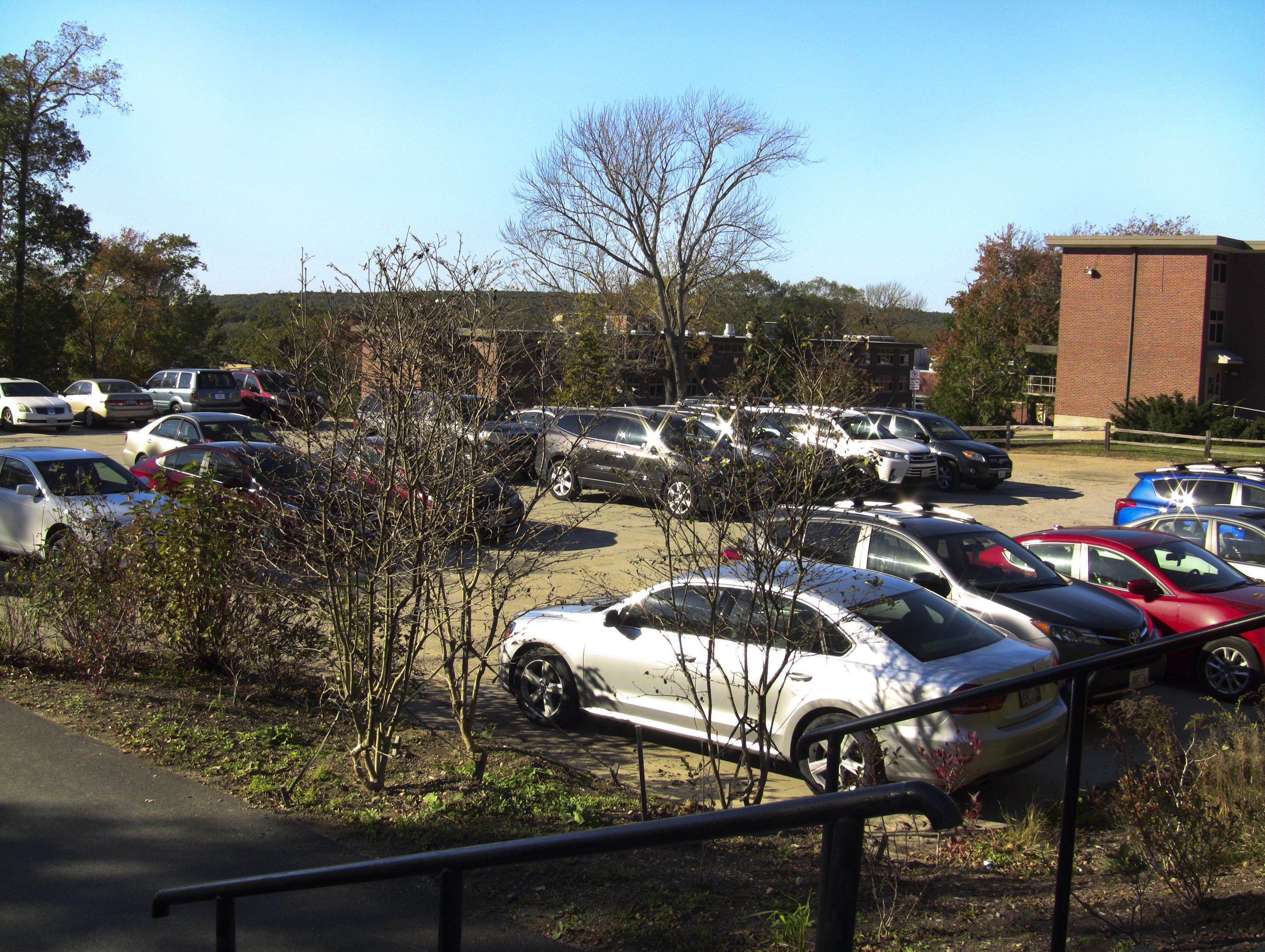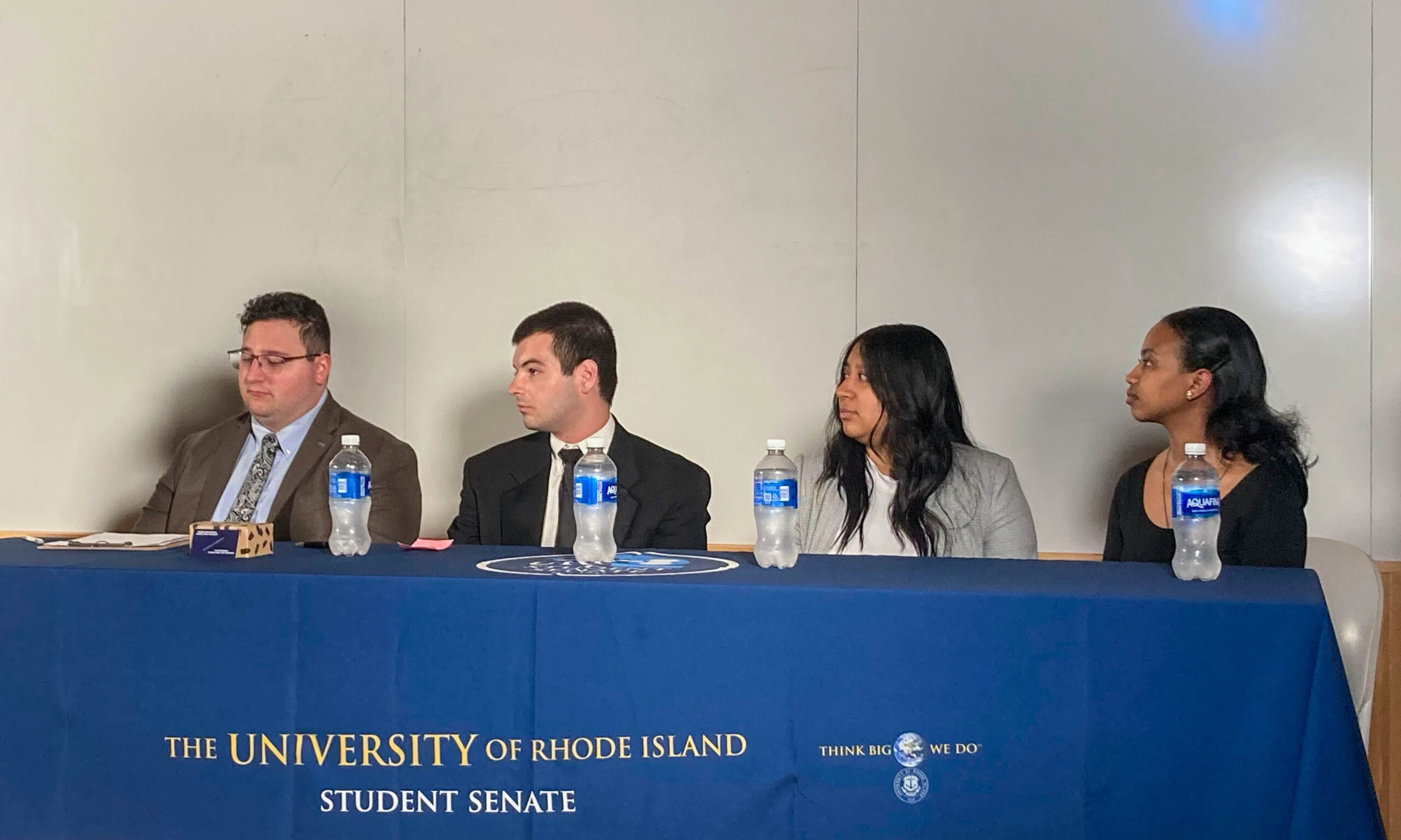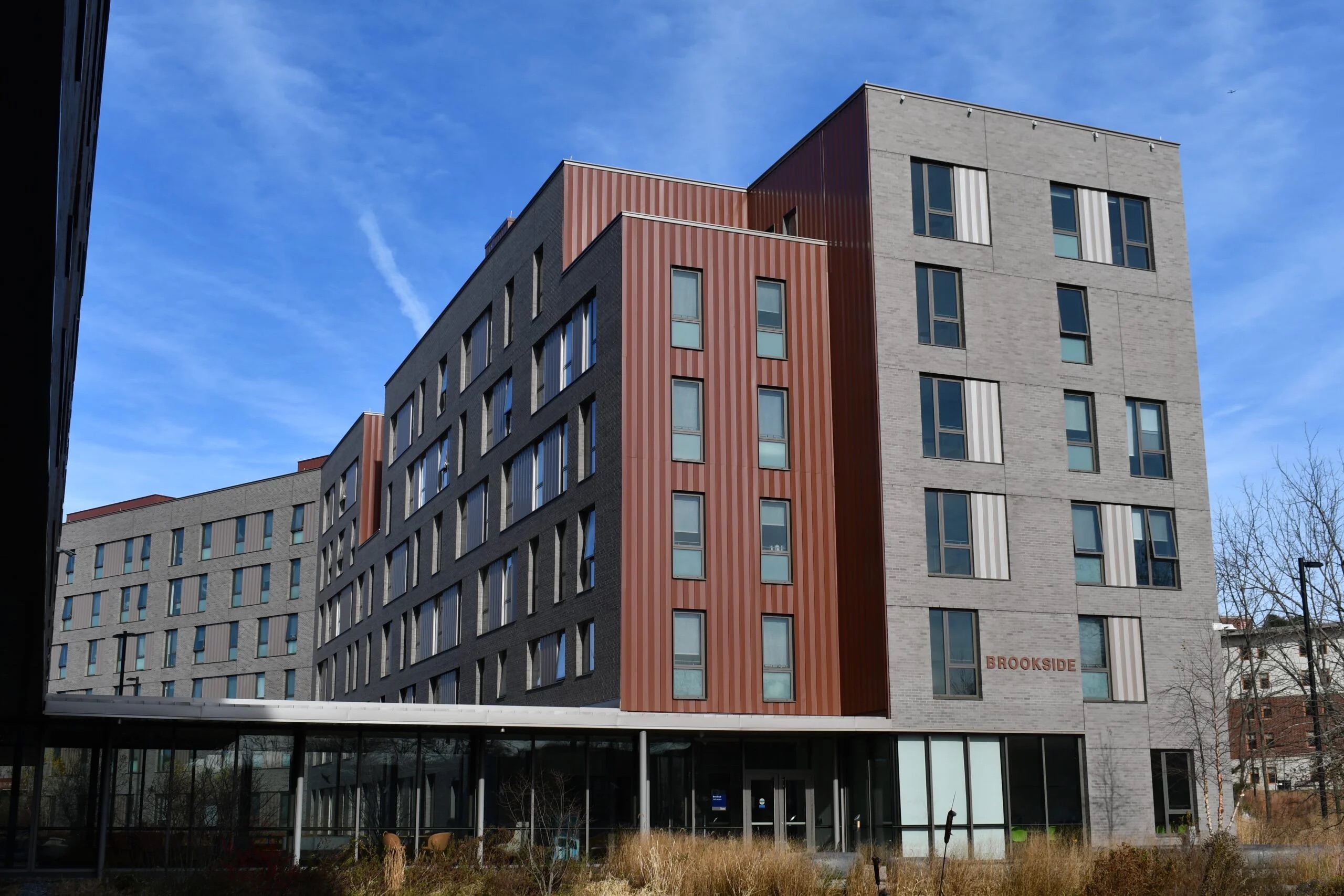At the University of Rhode Island, parking is typically one of the top complaints amongst students, but they’re not the only ones who have less than ideal parking situations. Faculty members, who often are not at the center of parking complaints, also struggle with limited space and long walks when commuting to campus.
The University’s official campus map has 29 listed faculty parking lots, but many of these lots are relatively small. Two of the larger lots, the Boss lot and Fine Arts lot, are split between faculty and visitor parking. The campus map shows that faculty generally have more parking lots at closer distances than students, but are still about a 10 minute walk away.
Butterfield Dining Hall is one of the locations where there is no convenient parking options for staff. Selena Lavoie, a cook’s helper, said that the parking situation for employees at the dining hall is “terrible.” Lavoie said that the dining hall staff has to park by the Ryan Center, and even those spots are sometimes taken by student commuters.
Lavoie said that when she arrives, there are typically few spots left. By the time Lavoie is able to find a parking spot and walk from the parking lot to Butterfield, she said she may have “wasted half an hour before work.”
Leaving the dining hall after it has closed is another issue for Lavoie and other staff members. Because Butterfield Dining Hall does not close until 8:30 p.m, and the campus shuttle stops running at 7:00 p.m., there is no convenient way to return to their cars. Lavoie explained that at one of their breaks shortly before they close, “someone gets their car to shuttle people back [to the Ryan Center] with after, because there is no campus shuttle.”
Lavoie said that “more shuttles with better hours” would be a good way to help address the lackluster parking conditions for some staff members. She believes that a parking lot “close to the dining hall would be great,” but acknowledges that there would be nowhere to put it. Lavoie believes that improving the parking is “very important,” and said that if there were guaranteed spots in a closer parking lot, she would pay for one.
Joe Paradise, director of Parking and Transportation Services, said that he has received no requests for later shuttles. He said that if there were enough requests for more shuttles, they would “look into it to consider expanding shuttle service operating hours.” Paradise said that there must be enough “demand and need,” and not just “one or two requests.”
Other faculty and staff members at the University have less of an issue with parking, but are not completely immune from such struggles. Kathleen Davis, an English professor, said that the parking situation was originally troublesome, but has seen large improvements.
Davis is located in Swan Hall, which is close to the Briar Lane parking lot. Due to construction, fences had to be put up in parts of the Briar Lane lot.
“When the fences were first put up, workers blocked off more spots than apparently was necessary,” Davis said. After the faculty union intervened, the fences were pushed back and the situation improved.
“From the beginning, all the planning for parking due to new construction should have been done more comprehensively and with faculty input,” Davis said.
Cate Morrison, a communications studies professor, said that the parking availability for staff largely varies based on time of day and where students have parked. Morrison, who teaches in Davis Hall, said that because her day starts very early this semester, she is typically able to park in the Chafee parking lot, a five-minute walk to class.
On days when Morrison does not arrive early, she said she tries to park in the Fine Arts parking lot. This lot varies in availability based on “how many students have parked illegally there that day,” Morrison said.
When Morrison is able to park in the Fine Arts lot, it is approximately a ten minute walk to Davis Hall, which she describes as “a bit of a pain.”
Morrison said that thinking “more carefully about the impact new building and development has on parking” is a way to provide faculty with access to decent parking. In addition to Briar Lane, the faculty lots once available near Lippitt and the Emporium are gone.
The parking lot by the emporium “was turned into visitor parking with almost no warning,” Morrison added. These reductions in parking left faculty with fewer spots but just as many in need of a place to park.
“No one in the administration noticed the collective problem until the faculty union put pressure on them,” Morrison said.
Paradise was unaware of any union involvement, and claimed they did not take the issue directly to Parking and Transportation Services.
Jay Walsh, the executive director of URI’s American Association of University Professors, confirmed the union did receive concern from faculty. Walsh said that the union “had conversations with various administrators,” but that there were no grievances filed. He said they “raised concern” with public safety and the President’s office.
“[They were] understanding, helpful and able to make some adjustments to parking lots,” Walsh said.
Thomas Gidley, a writing and rhetoric professor who teaches part time at the University, parks in the Briar Lane parking lot and teaches in nearby Swan Hall and Ranger Hall.
Gidley explained that he has “never heard anybody complaining” and that he does not complain. Gidley believes student, particularly graduate student, parking is the real issue.
Paradise said he believes that faculty have adequate parking situations. Although faculty and staff members have issues with parking at times, they would need to formally bring such issues to Parking and Transportation Services in order for Paradise to address them.




